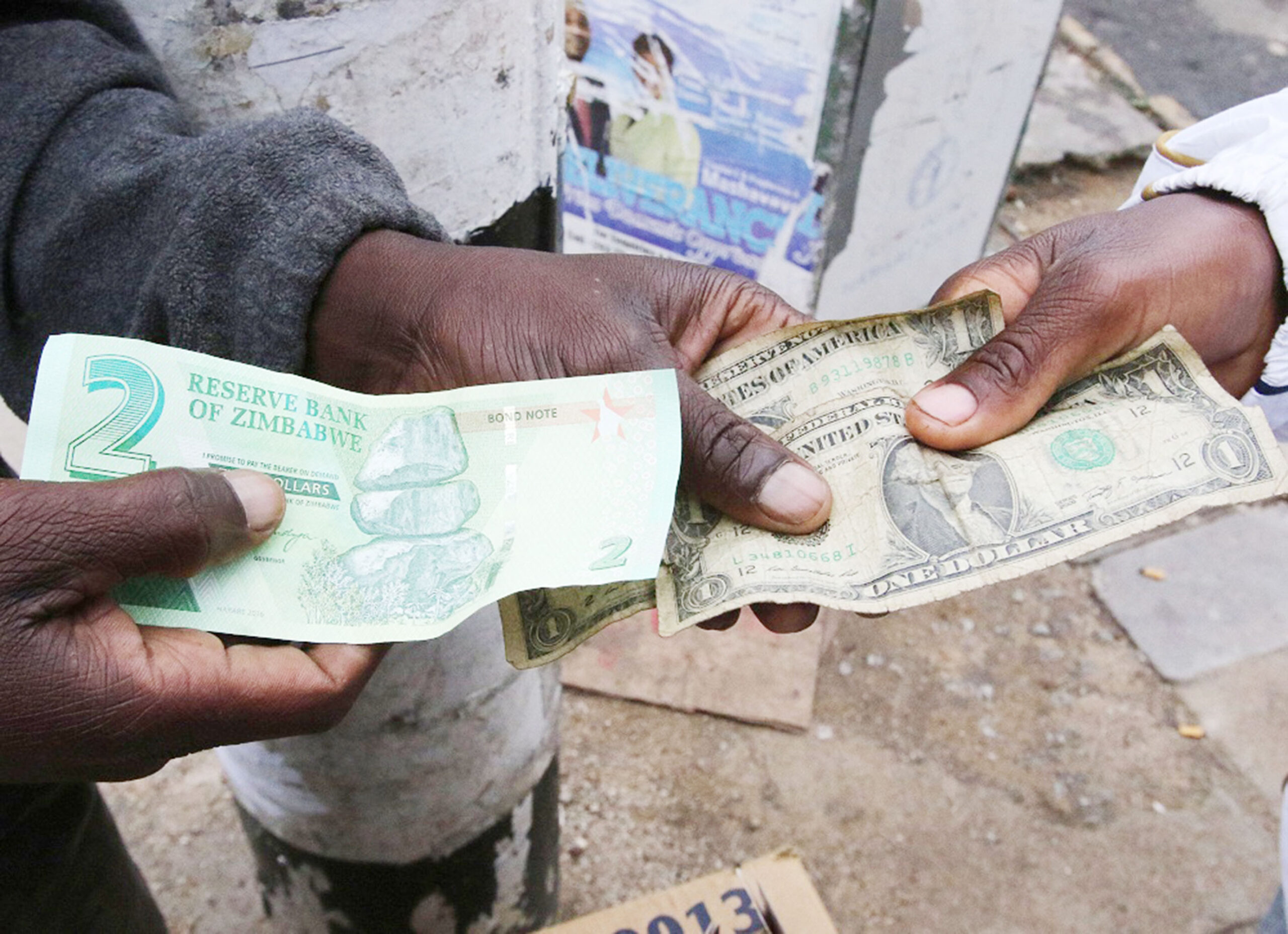‘Look beyond tight money supply to stabilise rate’
TIGHT grip on both the fiscal and monetary policies, to restrict excessive money supply growth, and restoring market confidence are the most critical factors that authorities keep an eye on to ensure and maintain exchange rate stability, a study found.
The research study, commissioned by the Confederation of Zimbabwe Industries (CZI) and carried out by leading econometrician Dr Carren Pindiriri, notably, also found out that tight money control, while key, is not enough to stabilise the rate.
This comes after Zimbabwe experienced rapid inflation increases resulting from exchange rate volatility that ensued after the country reintroduced the domestic currency in February last year, following a decade of inflation induced dollarisation that started in February 2009.
The Reserve Bank of Zimbabwe (RBZ), as part of wide and ongoing economic reforms to realign the country’s economic fundamentals for sustainable growth, floated on the interbank market the reintroduced domestic currency, abolishing US$/RTGS parity.
Starting off at a modest exchange rate threshold of US$1/$2,5 the local currency has depreciated to and stabilised around US$1/$81,3 following the introduction of the auction system and restrictions on mobile money transfers to curb speculative currency trading.
The Zimbabwe dollar exchange rate volatility saw annual inflation in Zimbabwe rise from a lowly 5,39 percent in September 2018 to over 737 percent by June 2019.
Until June 2020, the trend of elevated inflation run threatened a return to the pre-dollarisation crisis over the decade to February 2009 when inflation peaked at 237 million percent as per the last official county in July 2008.
The inflation surge has, however, tapered off, dropping to 471 percent as of October 2020 on account of a coterie of measures by authorities to anchor exchange rate stability.
The main focus of the recent research study was to test whether the depreciation of Zimbabwe’s local currency was entirely a monetary phenomenon. The study focused on the period spanning January 2017 to June 2020.
Using descriptive and econometric methods the study sought to investigate the impact of money supply, fiscal balance, expectation and trade openness on exchange rate growth and volatility.
Further, used the relevant economic modelling techniques to examine the conditional variance of the exchange rate and evaluated the size of residual growth of the exchange rate explained by factors outside money supply growth.
“The findings show that exchange rate growth is more responsive to developments in monetary policy. A slight increase in money supply can trigger huge fluctuations in the exchange rate.
“However, following the lessening of variation of the exchange rate resulting from a monetary shock in the first quarter of 2019, the exponential growth of the exchange rate since then is largely a result of a residual,” the study says.
The results demonstrated that the residual growth in the exchange rate corresponds to a surge in the variance of the exchange rate explained by expectations or memory and some components of the Government’s spending.
“Memory is therefore a key driver of exchange rate growth and volatility in Zimbabwe. The main implication of the findings is that a monetary shock today may create instability of the exchange rate in the future as a result of economic agents’ bad memory of the past,” part of the study findings says.
The study noted that bad memory destroys confidence and hence a slight change in money supply can be associated with huge variations in the exchange rate, which are not commensurate with the growth in money supply.
“A consistent money supply target that brings back confidence and supported by high levels of fiscal discipline is adequate for exchange rate stabilisation in Zimbabwe,” the study found.
Evidence suggests that the rate, mainly driven by confidence issues and forces of the previously suppressed rate embedded in expectation, will subside and stabilise if authorities stick to tight money supply and fiscal discipline.
For long term planning, the research findings say, the central bank independence can bring back the lost confidence and make money supply targeting a more effective tool for managing both exchange rate and inflation.-herald.cl.zw









